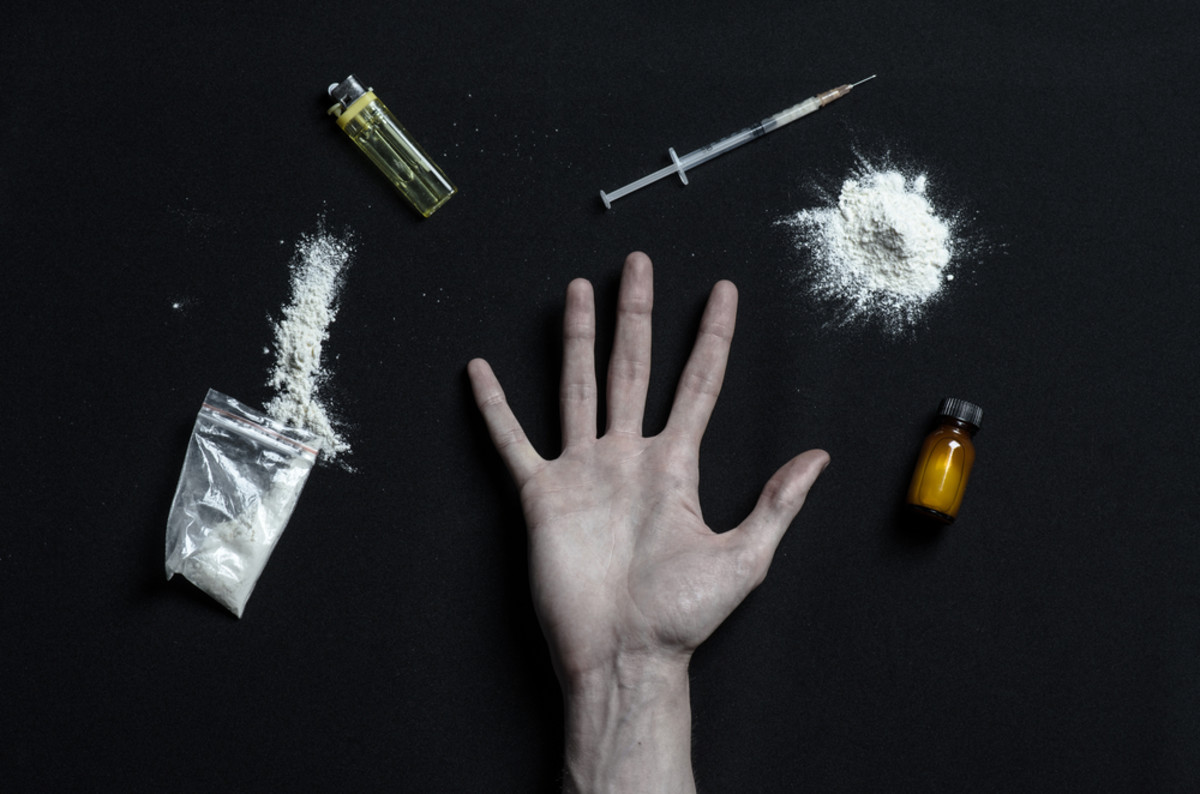Throughout the entire United States of America we are seeing an unprecedented amount of people either harming themselves, each other, or dying from prolonged use of dangerous substances.
Although it is a clearly widespread problem, bustling metropolis cities such as NY are hotspots for dangerous substances such as opiates and methamphetamine.
There are approximately 700 accidental overdose deaths in this state alone each year, so what can be done to try and flatten this curve?
Table of Contents
Dangerous Differences
The development of opiates to be used in a medical setting has created a plethora of drugs, all of which are accessible and highly addictive when used recreationally. While many people will hear opiate and immediately assume heroine, there are a few other commonly used pharmaceuticals which can have similar effects: codeine (which can come as dihydrocodeine or codeine phosphate), tramadol (a synthetic opioid), oxycodone, and of course morphine.
One opioid that has been wreaking havoc across the States in recent years is fentanyl, which is 50 to 100 times more potent than morphine.
Knowing this variety of opiates and their accessibility sheds light on how someone can go from taking something like Vicodin to help recover from an injury, to overdosing on heroin cut with fentanyl.
Prevention through Education and Support
It’s often thought that prevention from use or access to these substances will stamp out the problem, but their medical use is unparalleled in easing pain and discomfort which is otherwise unbearable. Programs like D.A.R.E have been somewhat effective in teaching children from a young age the dangers of substance abuse and the lifestyles that can come with it, but clearly the efficacy of such programs is limited.
At the root of all substance abuse problems is an underlying driving force which pushes the individual to escape the normality of their mind or life by taking something which we can refer to as an “escape”. When we are in uncomfortable situations in our lives, for example witnessing a heated argument in public, we are prone to pulling out our phone and trying to distract ourselves.
It’s human nature to find coping methods or “escapes” that can allow us the time and space we need to comprehend the things around and within ourselves, although there are much healthier alternatives to substance use or distractions.
It’s Never Too Late
If you or someone you know is struggling with substance addiction, whether it’s alcohol or an illegal narcotic, some part of you may be telling yourself that you’ll never be able to shake this addiction. This is simply a by-product of the mental harm that prolonged substance abuse creates, it is never too late to find help, not only with your addiction issues but also any psychological quirks which may have led you to become addicted in the first place.
Drug rehabs, in recent years, have found themselves in between being considered laughable and laudable. Modern media has poorly depicted some of the extreme measures that are taken in some centers, although we’ve also seen success in the form of celebrities recovering from drug addiction. The efficacy of any addiction rehab center is not only in its track record of patients who have continued to abstain, but also in their efforts to treat any underlying issues which may incur a relapse.
Dual diagnosis treatment centers are praised for offering holistic treatment which can not only break the addiction itself but also help someone to turn their life in the direction they desire. In the years to come it will become more apparent the strong connections between mental health and addiction, and in the future I believe prevention may begin with children being offered counseling from a young age to help them develop the psychological tools to overcome adversary.
New York Rehab
There are numerous addiction recovery centers in and around the city, and many have specialties that may be exactly what is needed. When considering a rehab center there are some key factors to consider, these include: finances; the severity of the addiction; access to opiate treatment (if needed).
Another important element to consider is whether inpatient or outpatient services are required, as NY is a bustling city, inpatient facilities are often quite expensive in the city but much more affordable in neighbouring cities/states. Outpatient services are more appropriate for those with less severe addictions who have a good place to stay and access to people who can provide support whenever needed. Whatever may be required I hope that you do your due diligence to find what is most suitable for the situation, and remember help is never too far away.




